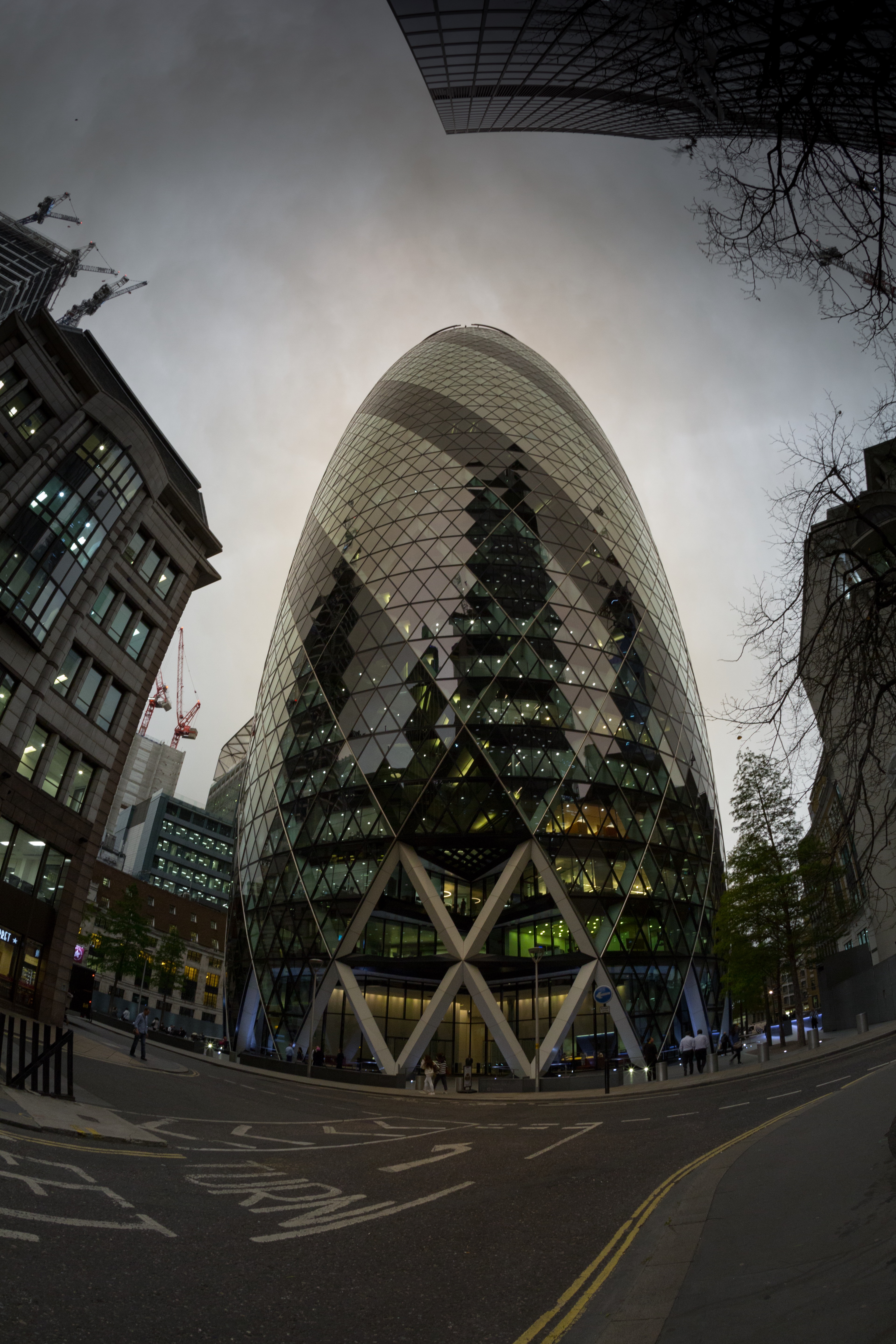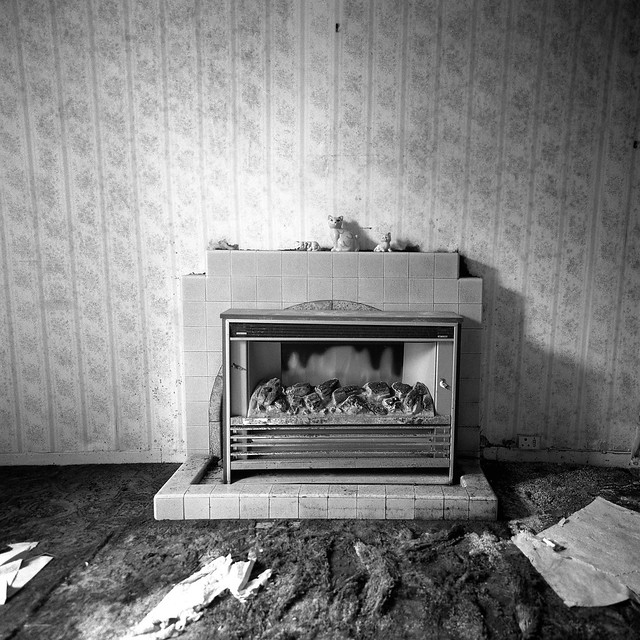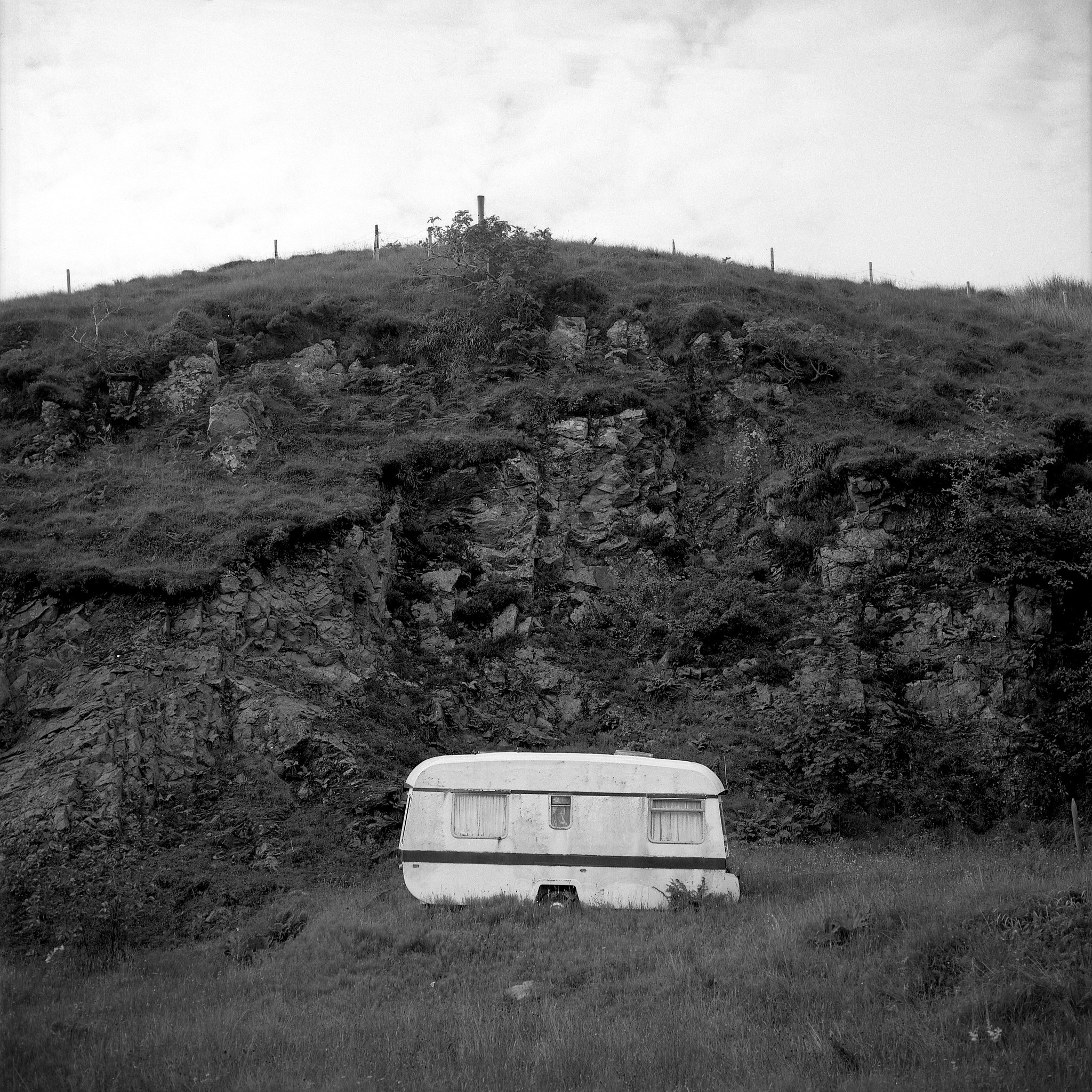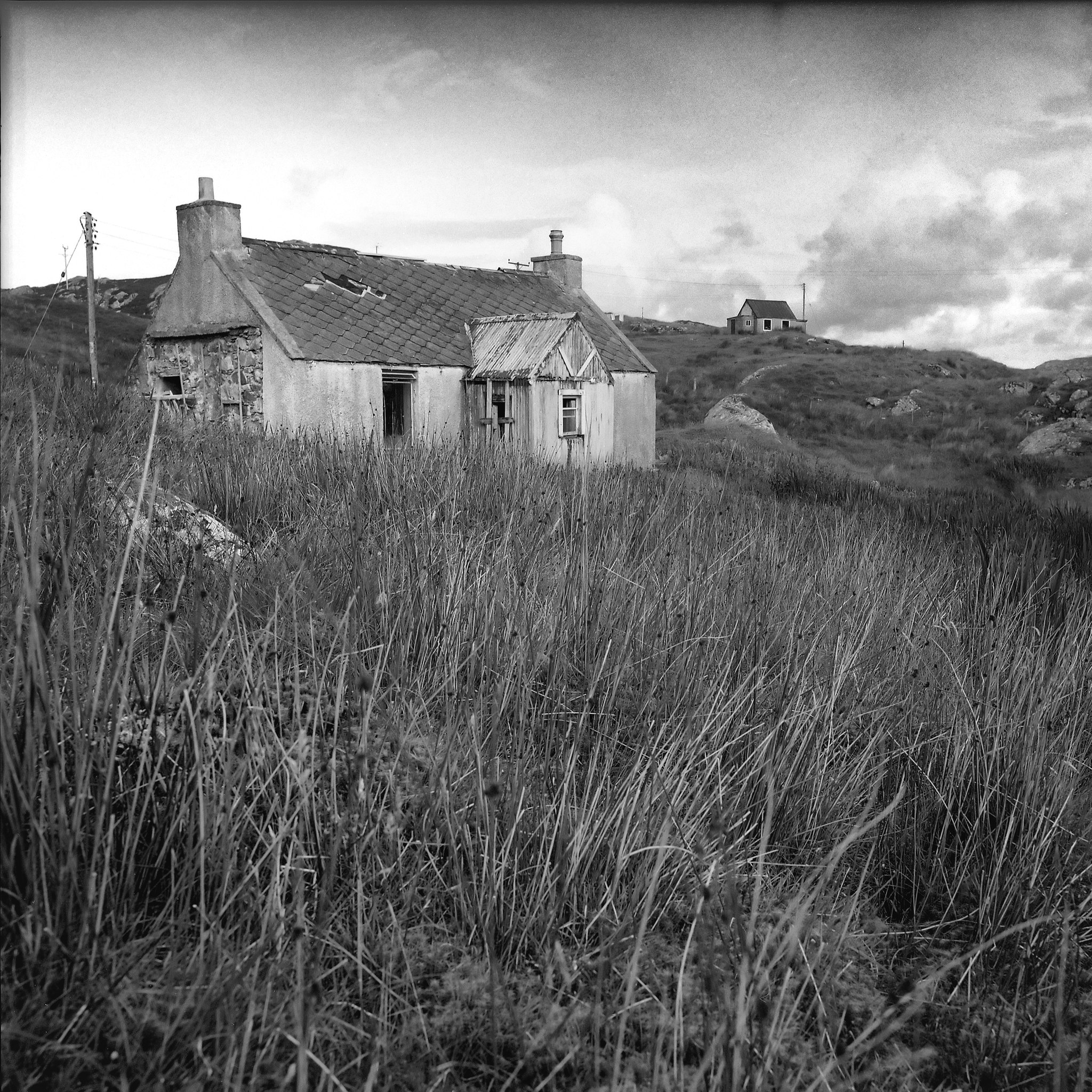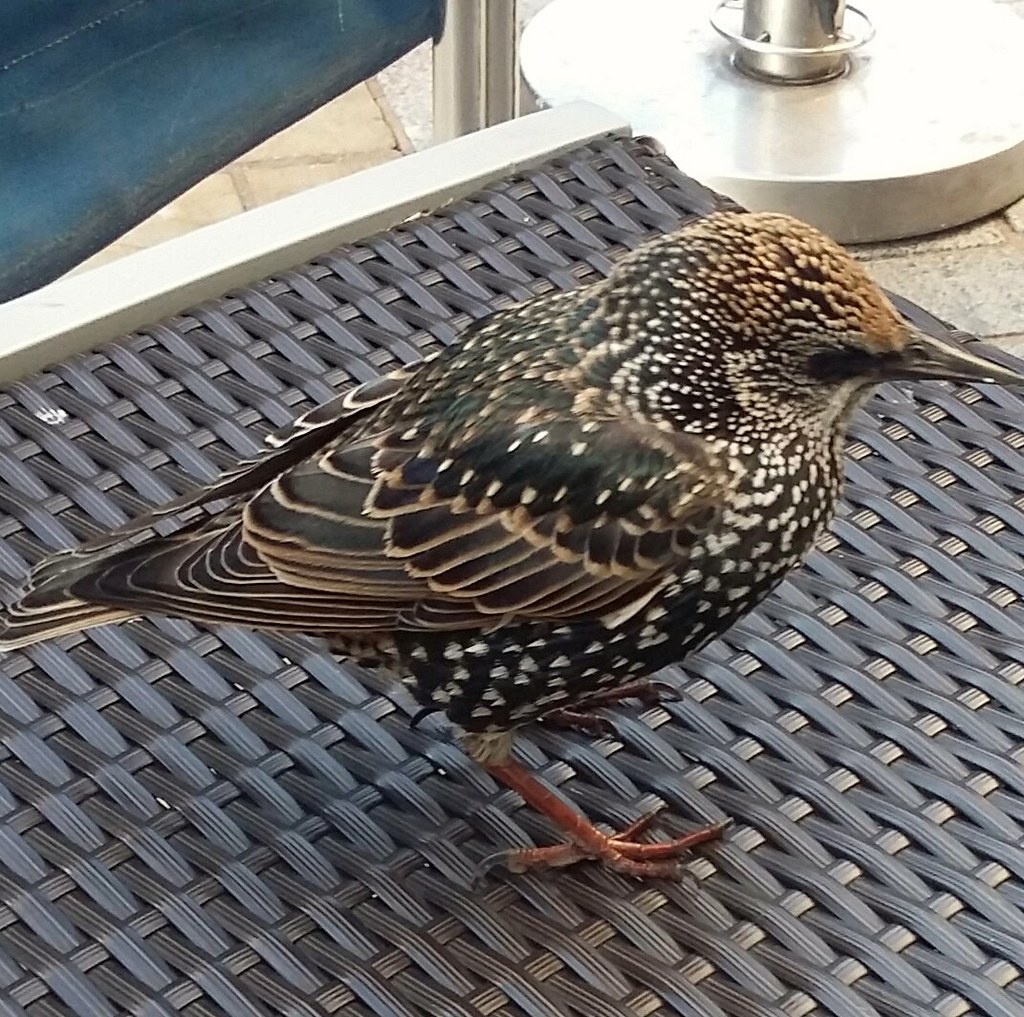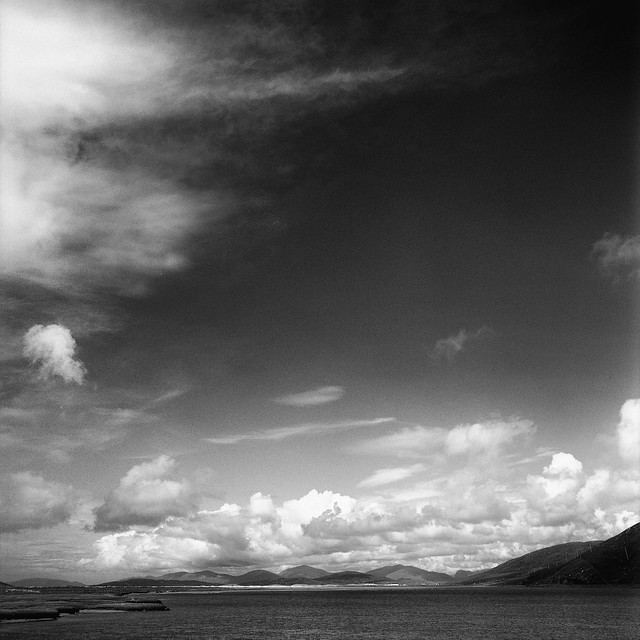Home › Forums › Chat Forum › Photos you have taken in the last month of which you are proud?
- This topic has 7,422 replies, 1,022 voices, and was last updated 2 months ago by joshvegas.
-
Photos you have taken in the last month of which you are proud?
-
RDL-82Free MemberPosted 7 years ago
We really need a like button. So much good stuff in this thread.
Todays effort…
 ‘Springing’ along! by Robert Lawson[/url], on FlickrsofakingFree MemberPosted 7 years ago
‘Springing’ along! by Robert Lawson[/url], on FlickrsofakingFree MemberPosted 7 years agoA little over a month ago now
 [/url]Still by Matthew Hampshire[/url], on Flickr[/img]colournoiseFull MemberPosted 7 years ago
[/url]Still by Matthew Hampshire[/url], on Flickr[/img]colournoiseFull MemberPosted 7 years agogeetee1972 – Member
Oh apologies buddy, I worded my original sttement poorly because I didn’t intend to suggest that landscape work doesn’t also comment on the human condition; far from it, I think it’s one of the most powerful, evocative and accessible ways in which we can do this. I referenced Constable earlier on this page/thread and ‘The Hay Wain’ is perhaps a great example of this (does it squeak into the Romantic period?)Heehee, didn’t take it as though you’d dismissed landscape – just highlighting (perhaps obviously) that image makers coming from two totally different places can have similar concerns even thought their aesthetics diverge totally.
[qoute]Yes that’s also very true though I think the reason that people like Bailey and Liebowitz are so well known is because their subjects are. Sadly I think that speaks more about celebrity culture than it does talent.[/quote]
Totally agree. The point I was trying to make that you put much more succinctly.mikey74 – Member
If you don’t mind, allow a rather poor, part-time photographer to add his 2c: I think photographs are very much like paintings, in that you should allow the viewer to attach their own emotions and meanings to the scene. This is the reason why photos where the meaning behind them have to be explained, don’t do it for me.
I know it’s not always possible, but perhaps a subtly place artefact may help guide the viewer, but still allow a certain amount of interpretation.
Landscapes, cityscapes, abstracts etc. work on many levels because they are essentially Rorschach tests, allowing the viewer to find, and apply, their own story.
IMO etc etc/Don’t want to derail the thread too far away from the images themselves, but I love this stuff. If you think the meaning of an image lies with the viewer, what becomes of the artist’s actual intentions? Would a camera strapped to a cat taking pictures at random intervals create images that were just as valid?
Conversely, if the meaning of an image comes entirely from the artist’s intentions, how can a viewer ever work out what the image means?
It’s clear (to me) that the truth is probably somewhere in the middle of those two extremes – without intention the image would never be created in the form it is, and without an audience to add their own spin to the image’s meaning the image has no ‘life’.
Beard stroking over. Let’s get back to the photos!
mikey74Free MemberPosted 7 years agoI don’t think the meaning of the image solely lies with the viewer: Of course the photographer can apply their own intentions, but the issue lies with what is conveyed to the viewer.: Do you give them everything? Do you give them nothing? As you say, I think the answer lies somewhere in the middle.
TheArtistFormerlyKnownAsSTRFull MemberPosted 7 years agoin that you should allow the viewer to attach their own emotions and meanings to the scene. This is the reason why photos where the meaning behind them have to be explained, don’t do it for me.
Sometimes a narrative is required, but in this instance it’s back to portraiture. I posted two pictures of my terminally (so we were told) ill mother and at least one poster (apologies, can’t remember who) was notably moved. Without words, they were just two pictures of an ageing woman.
On that note, there is now no sign of the lymphoma that was going to take her away from us, her surgeon is amazed.
Anyway, pictures…
geetee1972Free MemberPosted 7 years agoPictures
I met this guy sporting this very fetching headgear as a warm up for Halloween (his partner, bless her, was quite mortified but still very supportive!)
 Luke – Youth Worker and Part Time Unicorn by Greg Turner[/url], on FlickrspicypedroFree MemberPosted 7 years ago
Luke – Youth Worker and Part Time Unicorn by Greg Turner[/url], on FlickrspicypedroFree MemberPosted 7 years agoA few shots from a trip to the Schobrunn Zoo in Vienna this week. All taken on a Olympus E-M10 mkII. The big cat photos were taken handheld, manual focus, with a 135mm (so ~270mm equiv on the Oly) 60 year old Soviet Jupiter 11 lens.
 Jellyfish by Pete Lambert[/url], on Flickr
Jellyfish by Pete Lambert[/url], on Flickr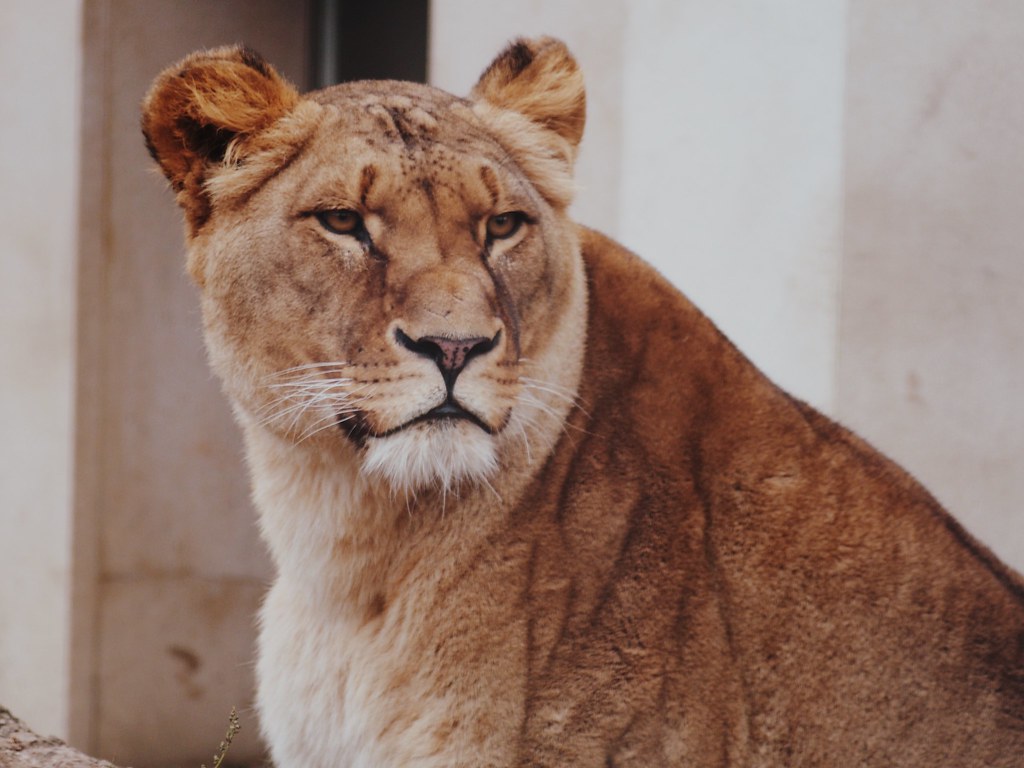 Lioness by Pete Lambert[/url], on Flickr
Lioness by Pete Lambert[/url], on Flickr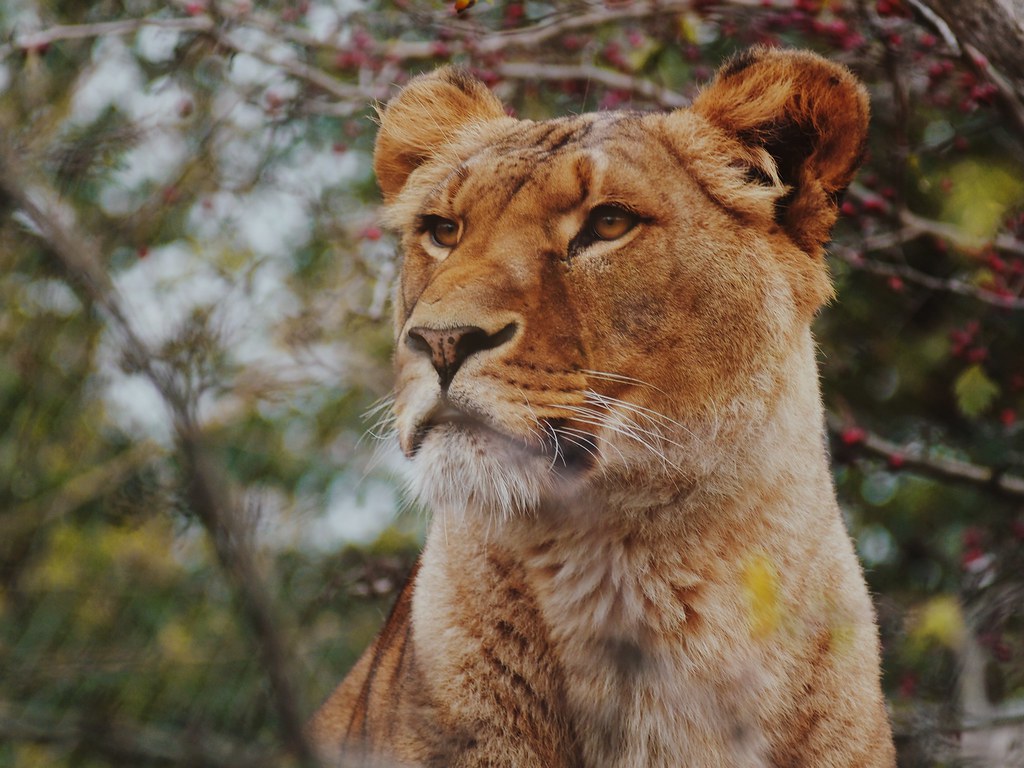 Lioness by Pete Lambert[/url], on Flickr
Lioness by Pete Lambert[/url], on Flickr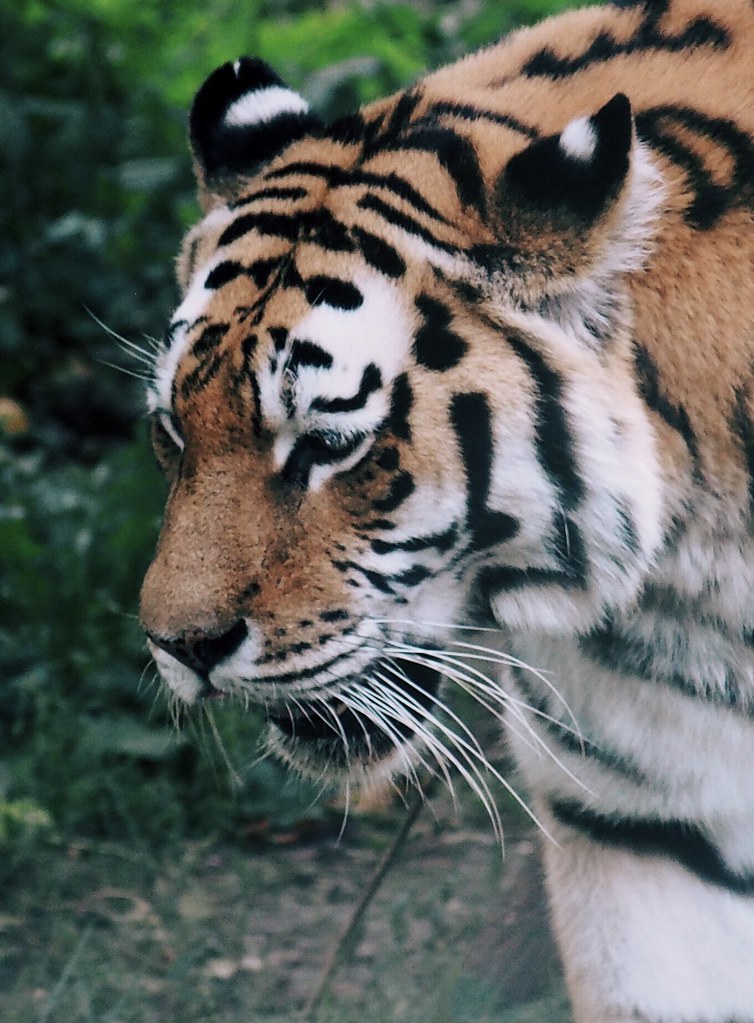 Tiger by Pete Lambert[/url], on Flickr
Tiger by Pete Lambert[/url], on Flickr Tiger by Pete Lambert[/url], on Flickr
Tiger by Pete Lambert[/url], on Flickr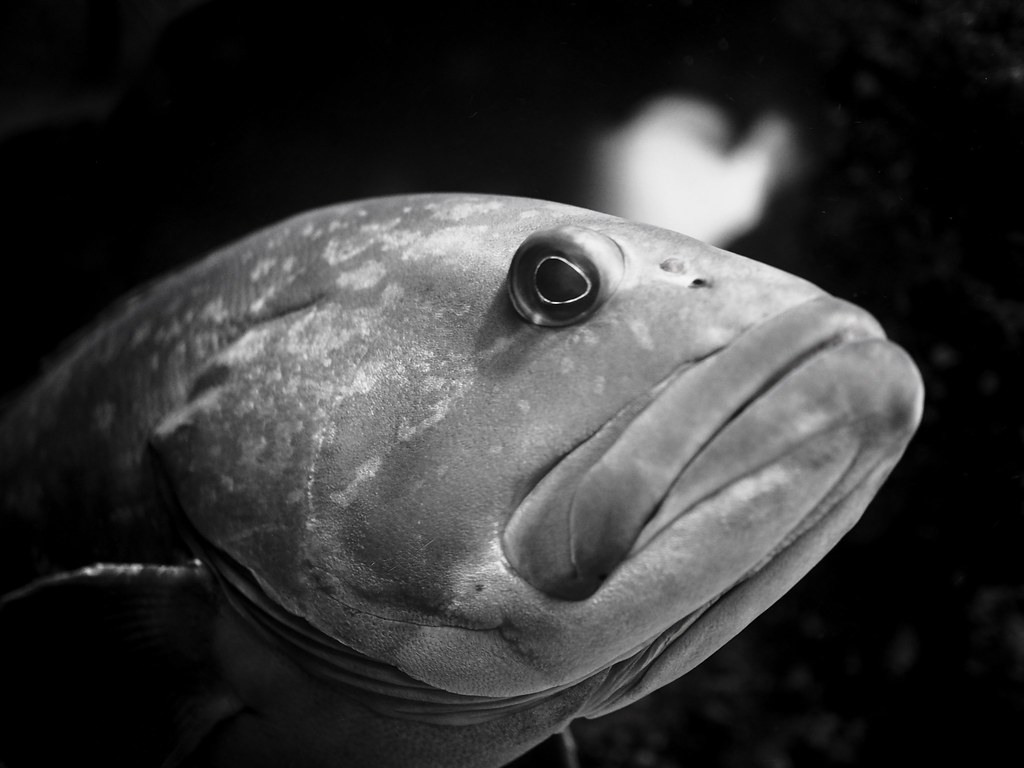 Fish by Pete Lambert[/url], on FlickrGregMayFree MemberPosted 7 years ago
Fish by Pete Lambert[/url], on FlickrGregMayFree MemberPosted 7 years ago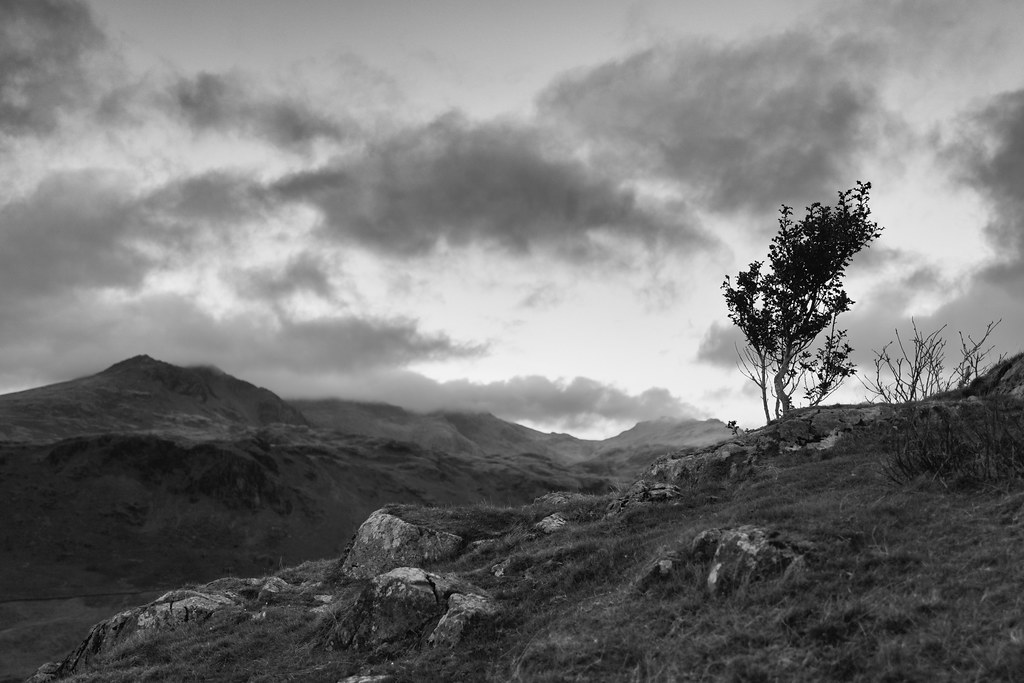 L1030278-Edit.jpg by Greg.May[/url], on Flickr
L1030278-Edit.jpg by Greg.May[/url], on Flickr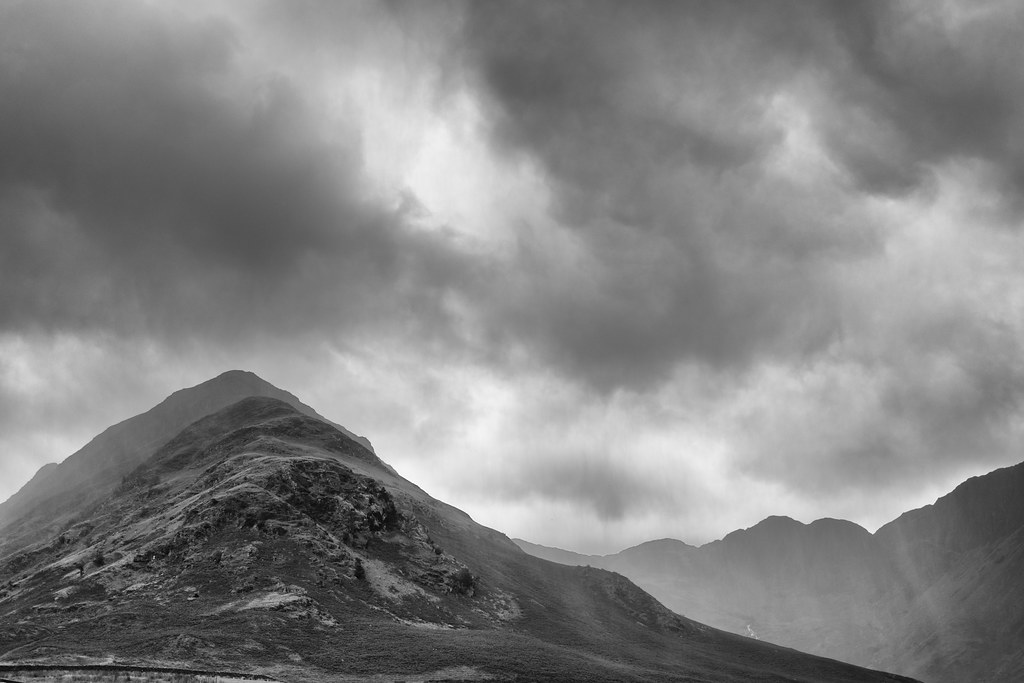 Langdale by Greg.May[/url], on Flickr
Langdale by Greg.May[/url], on Flickrand some film
 Mono_R7 (8).jpg by Greg.May[/url], on FlickrTheArtistFormerlyKnownAsSTRFull MemberPosted 7 years ago
Mono_R7 (8).jpg by Greg.May[/url], on FlickrTheArtistFormerlyKnownAsSTRFull MemberPosted 7 years agoDaughter and her b/f
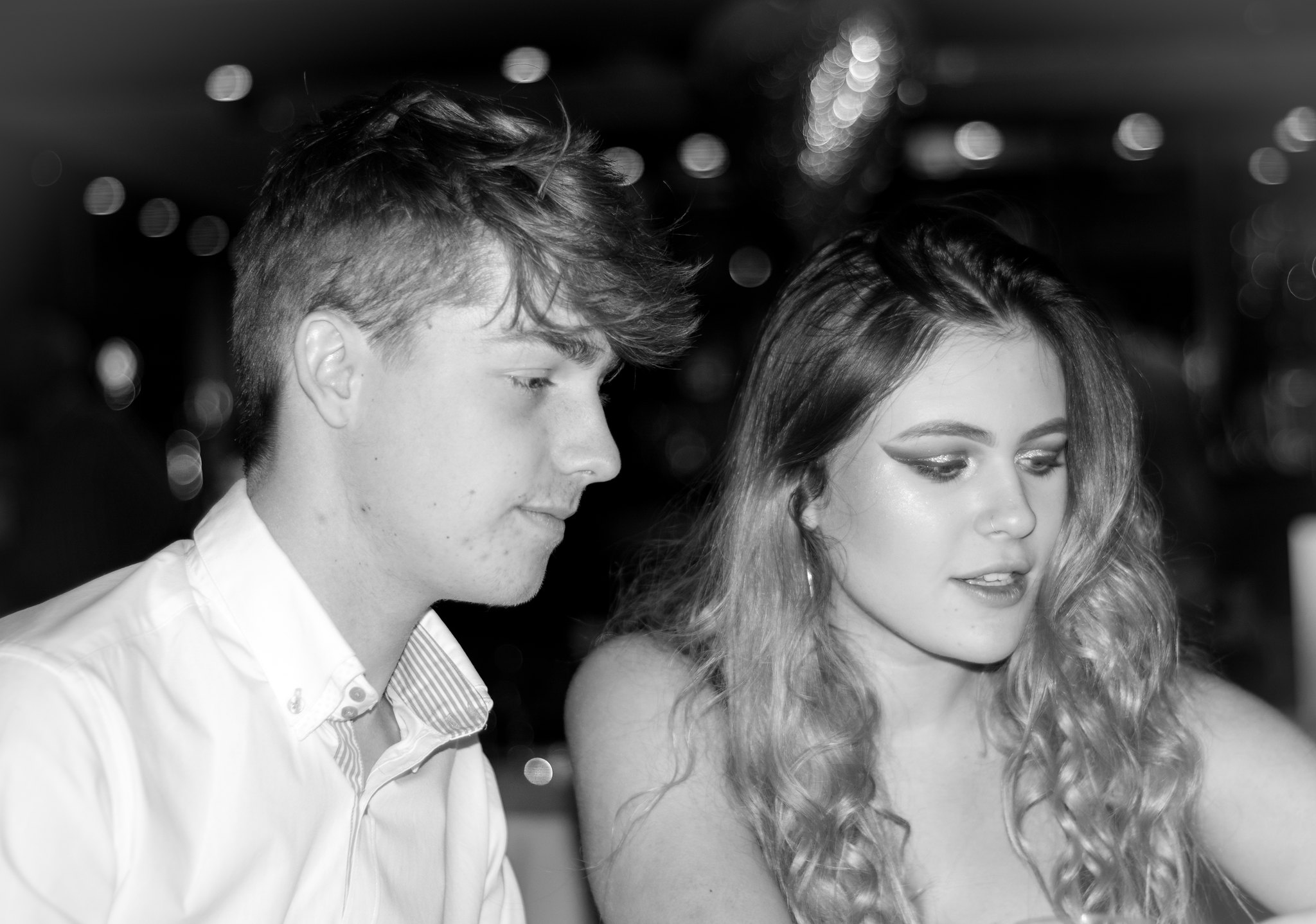 DSC00080 by davetheblade[/url], on Flickrgeetee1972Free MemberPosted 7 years ago
DSC00080 by davetheblade[/url], on Flickrgeetee1972Free MemberPosted 7 years agoBrighton Pier at Sunrise 😀
 The Pier by Greg Turner[/url], on FlickrhodgyndFree MemberPosted 7 years ago
The Pier by Greg Turner[/url], on FlickrhodgyndFree MemberPosted 7 years agoLonely tree..
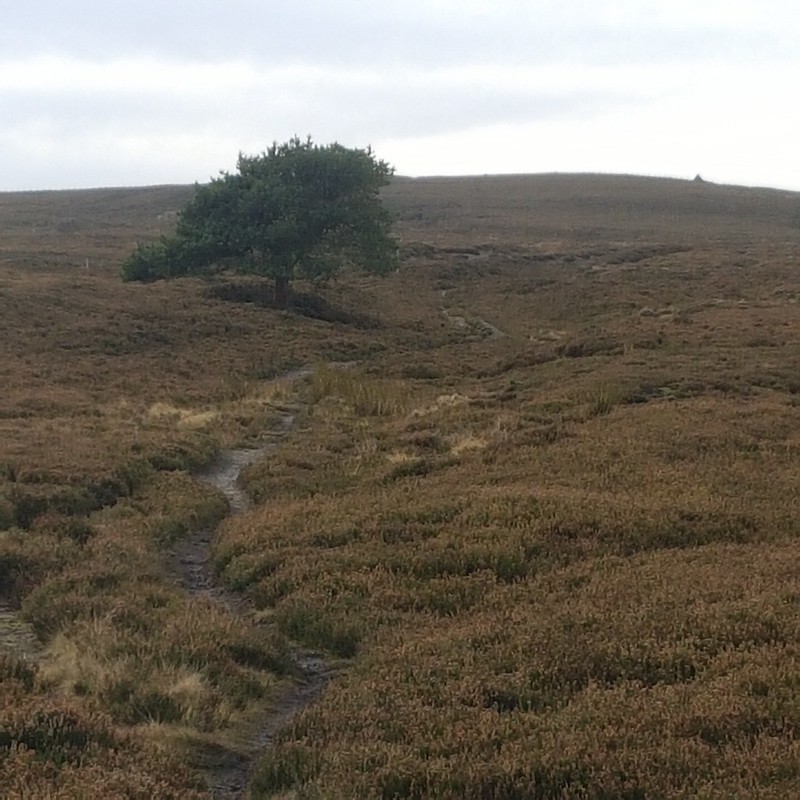
20171108_131156[/url] by Neil Hodgson[/url] – Flickr2BBcode LITEBolts Law Grouse Butt..North Pennines
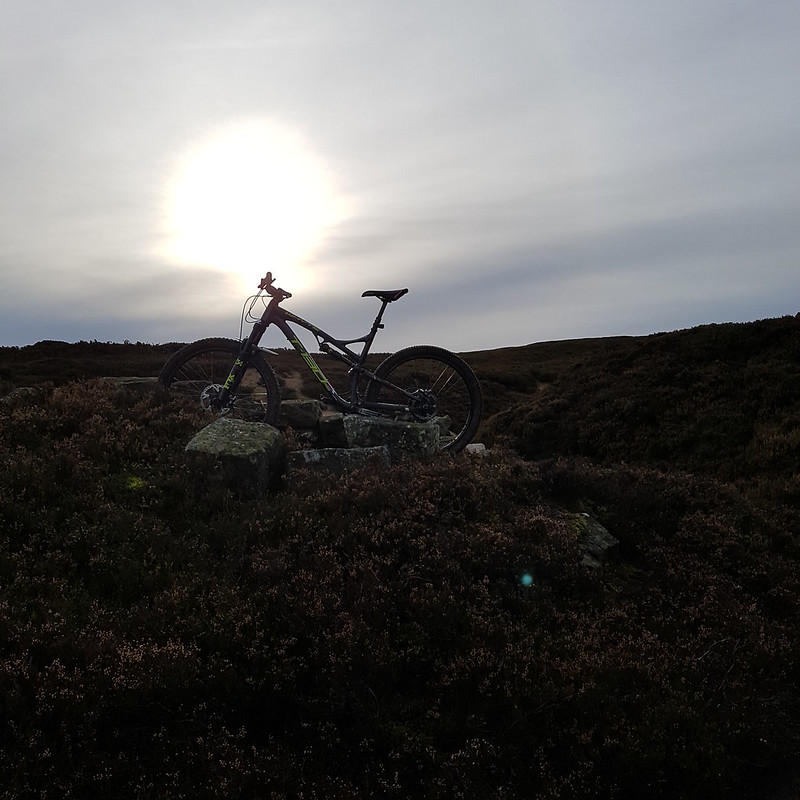
20171108_135533[/url] by Neil Hodgson[/url] – Flickr2BBcode LITEPyroFull MemberPosted 7 years ago
Unedited low-res JPEG straight out of camera (Fuji X-T10 w. 18-135mm)
Kayaking up in Teesdale at the weekend, the light on the river was rather nice. This is one of my mates running the Dog Leg rapid on the Upper Tees.
sofakingFree MemberPosted 7 years ago [/url]Old habits die hard by Matthew Hampshire[/url], on Flickr[/img]polarisandyFree MemberPosted 7 years ago
[/url]Old habits die hard by Matthew Hampshire[/url], on Flickr[/img]polarisandyFree MemberPosted 7 years agoLike the scooter shot.
great location of that tree hodgynd, black and white square, tree to the right a bit, path leading upto it, more light on the tree?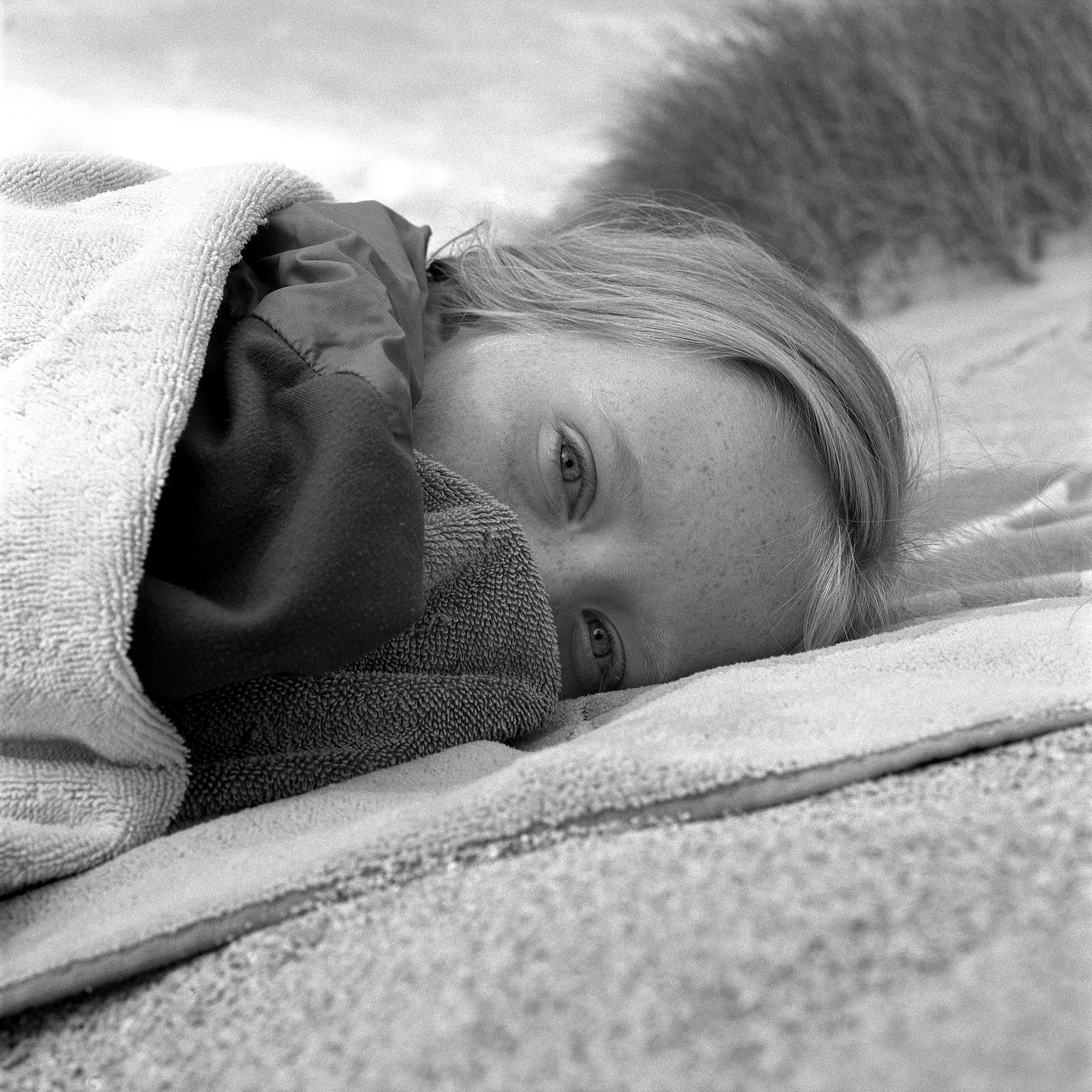 Untitled by Polarisandy[/url], on FlickrpolarisandyFree MemberPosted 7 years ago
Untitled by Polarisandy[/url], on FlickrpolarisandyFree MemberPosted 7 years agoor even back up there in winter with some snow Hodgynd?
Like the beach shot GT.
Nice light on the street shot Kiwi, looks very frontier like.Where was “Still” taken Soaking?
sofakingFree MemberPosted 7 years agoThanks Andy, if you mean the Slick(the beetle) Mold North Wales. let me know if yo want co ords. there were about 10 or so beetle shells there
polarisandyFree MemberPosted 7 years agoCheers Soaking, interesting spot, where was “Still” taken?
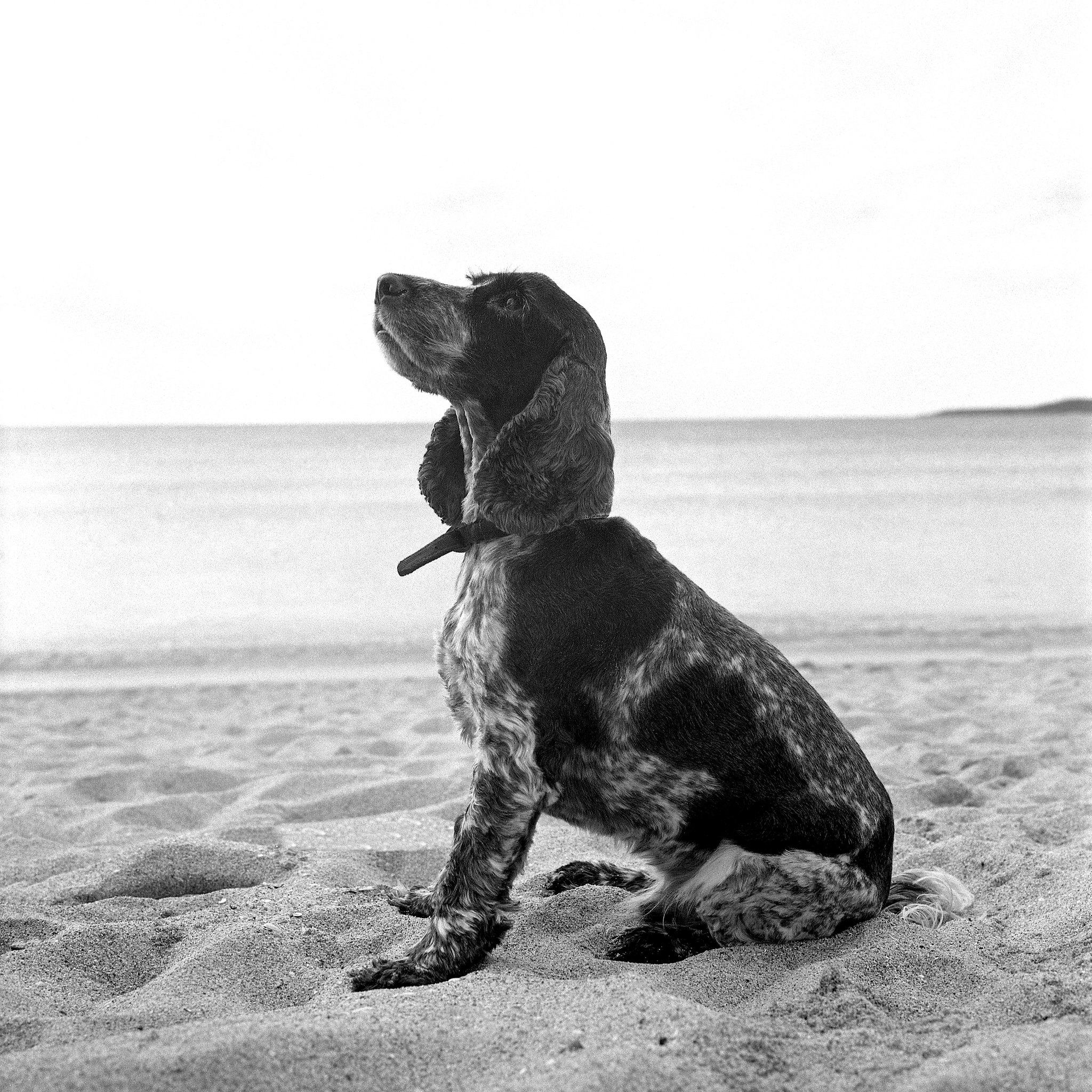 Untitled by Polarisandy[/url], on FlickrcolpFull MemberPosted 7 years ago
Untitled by Polarisandy[/url], on FlickrcolpFull MemberPosted 7 years agoI’m no photographer but this is one I like.
Austria a few weeks ago surferFree MemberPosted 7 years ago
surferFree MemberPosted 7 years agoLiverpool Anglican cathedral, I park here every day.
 [/url]20171101_173312 by mcivord[/url], on Flickr[/img]sofakingFree MemberPosted 7 years ago
[/url]20171101_173312 by mcivord[/url], on Flickr[/img]sofakingFree MemberPosted 7 years agosorry Andy. this is where still was taken 58.202733, -6.953841
polarisandyFree MemberPosted 7 years agoCheers Soaking, it looked very much like a little harbour i saw and took a photo of, not surprising as it was just off the Golden Road. Thought the landscape looked familiar!
Elsewhere on the OH
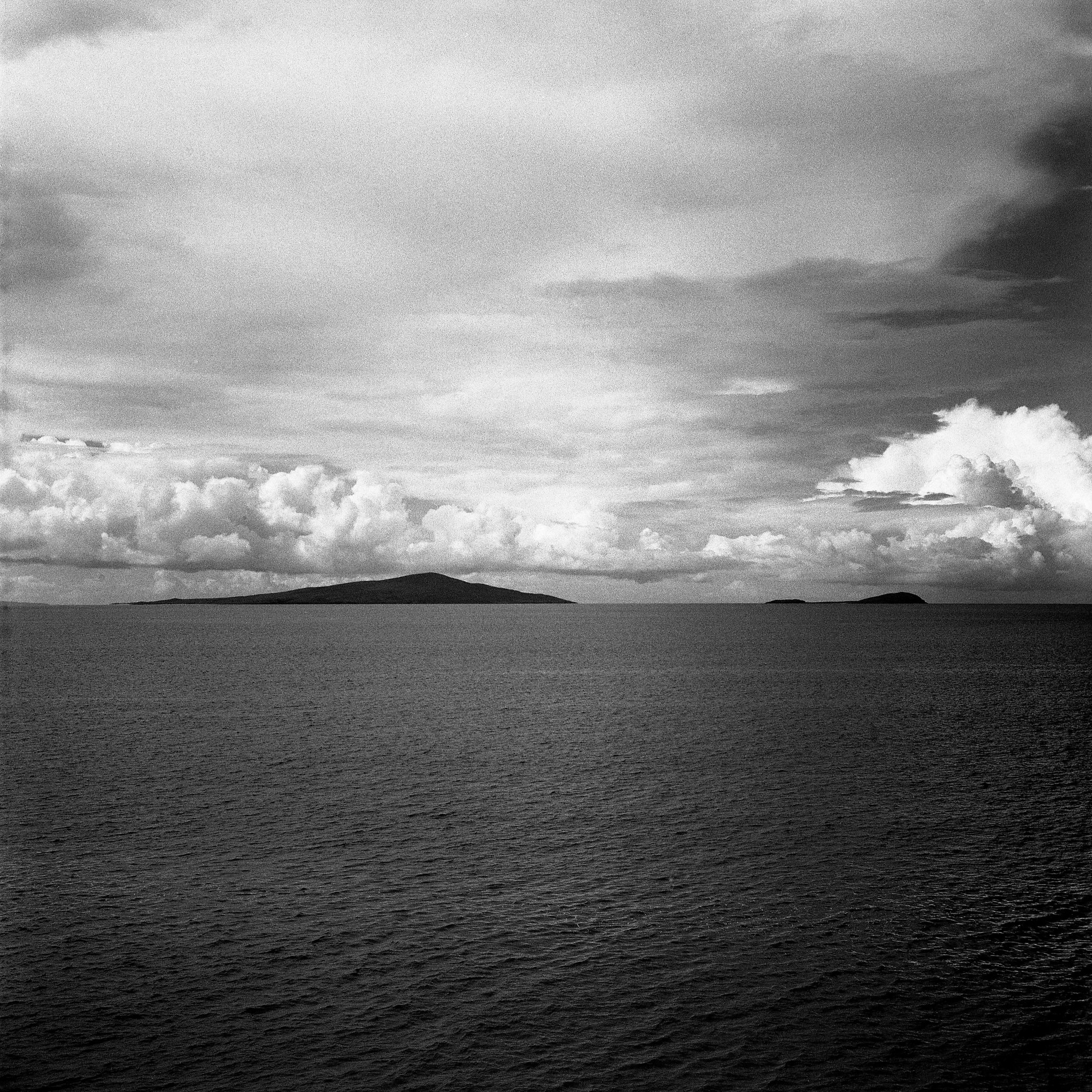 Untitled by Polarisandy[/url], on Flickrgeetee1972Free MemberPosted 7 years ago
Untitled by Polarisandy[/url], on Flickrgeetee1972Free MemberPosted 7 years ago Danny – Brighton Marina early morning sun by Greg Turner[/url], on Flickr
Danny – Brighton Marina early morning sun by Greg Turner[/url], on FlickrThere’s also a blog post that goes with the encounter:
ampthillFull MemberPosted 7 years ago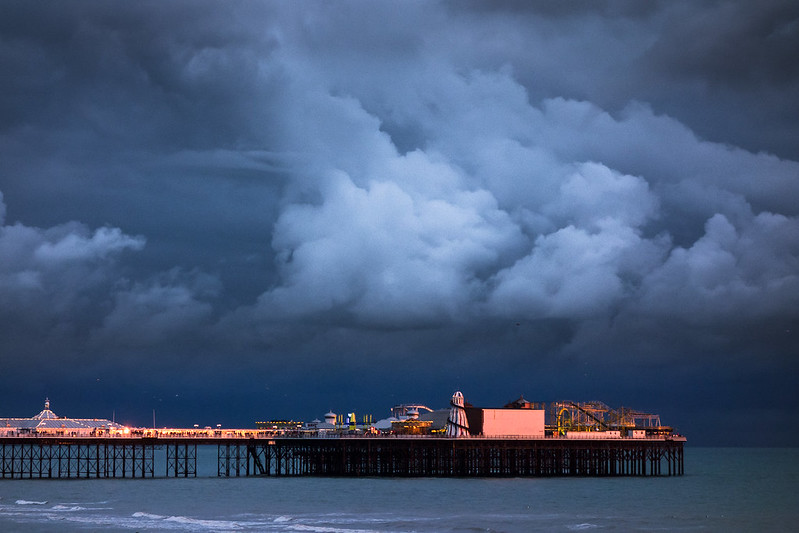 Brighton-3 by John Clinch[/url], on Flickr
Brighton-3 by John Clinch[/url], on FlickrBetter than the B&W one…
TheArtistFormerlyKnownAsSTRFull MemberPosted 7 years agoMy first attempt at both self portraiture and use of an off camera flash – need to learn to use the flash. The focusing was a bit of guesswork. Taken tonight.
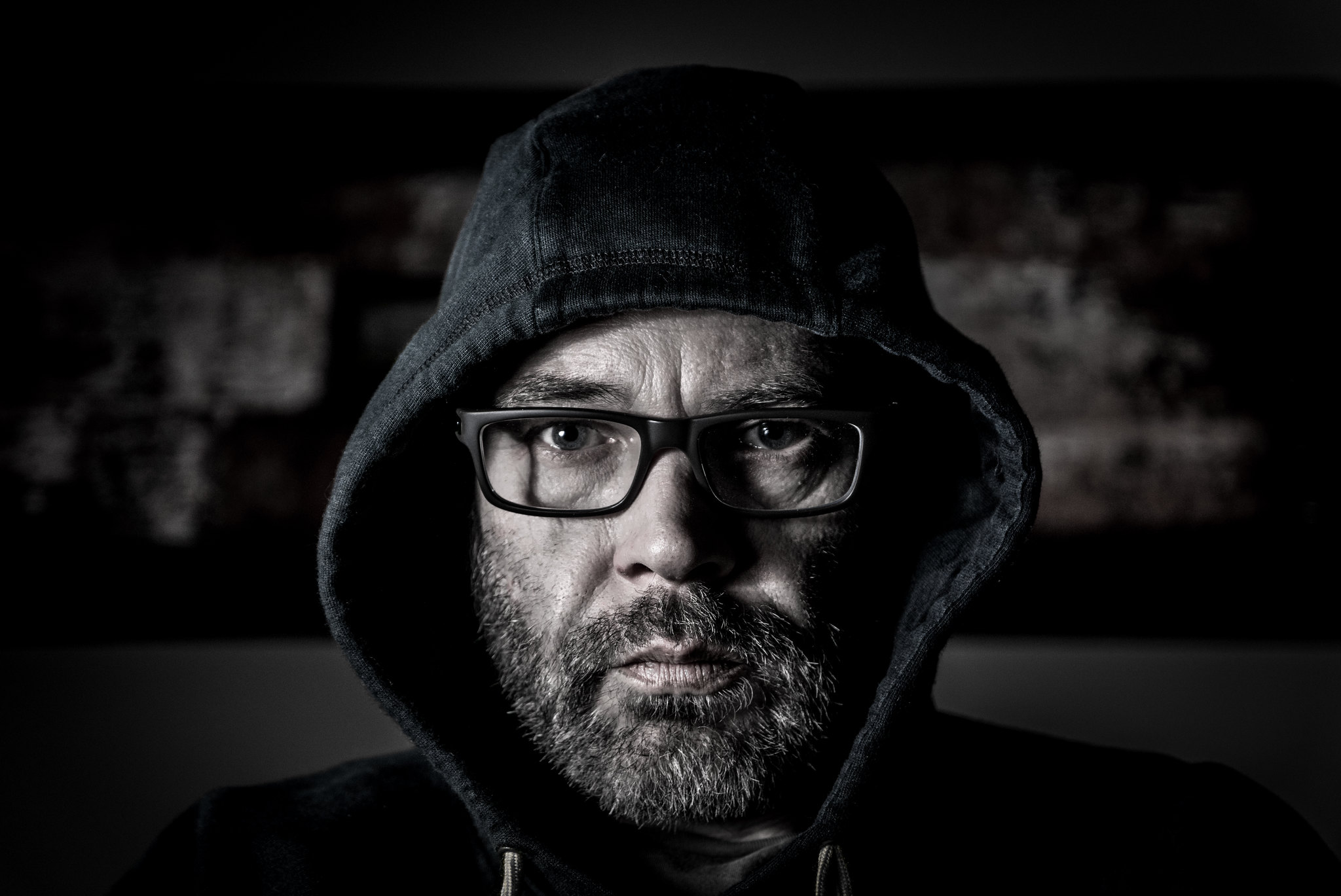 DSC09810 by davetheblade[/url], on Flickrgeetee1972Free MemberPosted 7 years ago
DSC09810 by davetheblade[/url], on Flickrgeetee1972Free MemberPosted 7 years agoMy first attempt at both self portraiture and use of an off camera flash
Self portraits are always challenging and no one will ever appreciate the effort and experience of making them as much as the artist/photographer will.
FWIW I think you did a pretty good job here; never was your Flickr persona (Davetheblade) more fitting than the result here; you do look rather menacing 😀 The lighting does seem to have worked rather well and could almost pass as natural.
I’m finding that when it comes to using added light, there are two results that work well; either a look that is entirely natural or a look that is direct and obvious (think Nan Goldin). I am increasingly finding that the typical ‘studio’ look of something in between doesn’t appeal to me.
Anyway, if you’re interested in the subject of self portraiture I did something myself recently and wrote a blog piece on it here if you’re interested:
user-removedFree MemberPosted 7 years agoJust testing – finally sorted out a Flickr account after Photobucket locked everything up… Please work!
EDIT. Oh FFS. How does this work then?
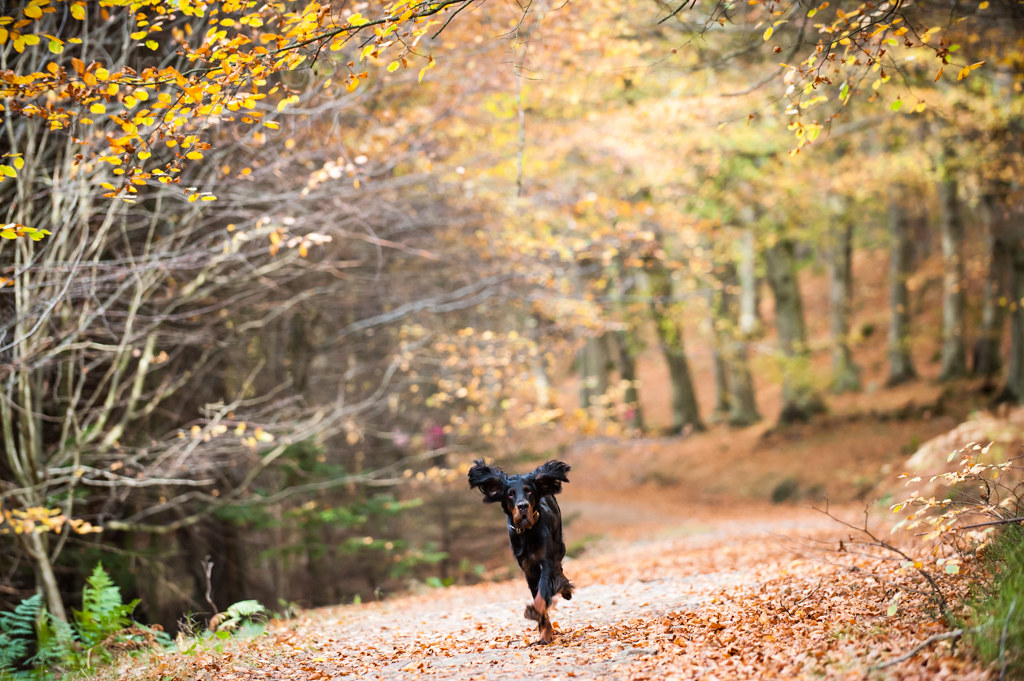 bracken-1 by Jamie Emerson[/url], on Flickr
bracken-1 by Jamie Emerson[/url], on FlickrYay! BB code link required.
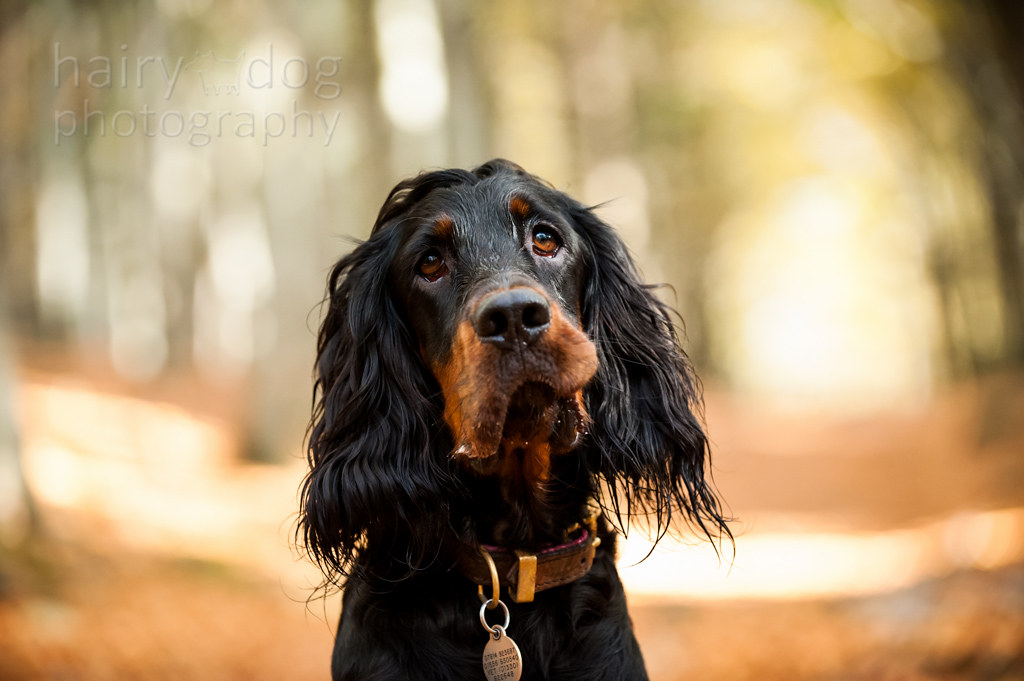 bracken-53 by Jamie Emerson[/url], on FlickrTheArtistFormerlyKnownAsSTRFull MemberPosted 7 years ago
bracken-53 by Jamie Emerson[/url], on FlickrTheArtistFormerlyKnownAsSTRFull MemberPosted 7 years agoCheers geetee – I’m thinking of maybe doing a set of ‘alternative’ selfies
The Blade bit is Sheff Utd if you didn’t already know 😉 – I was going for a moody contemplating look, but happy with the way it turned out – a few people have said I look a bit scary 😀
Interesting little blog, nice one!
TheArtistFormerlyKnownAsSTRFull MemberPosted 7 years agoBack of Mam Tor this evening – 30mph winds and -5 chill factor, it was horrible…
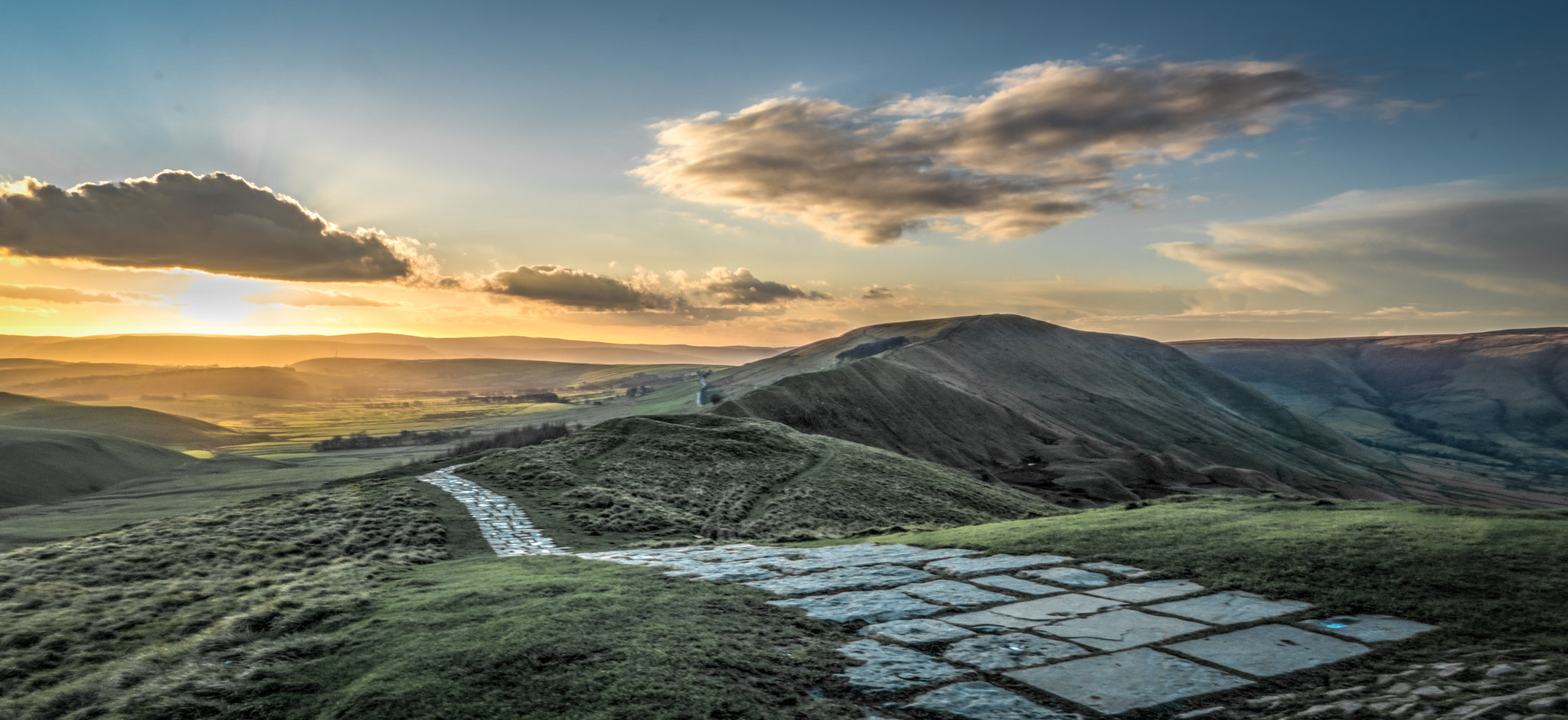 DSC00341_2_3_4_5 by davetheblade[/url], on Flickr
DSC00341_2_3_4_5 by davetheblade[/url], on Flickr
You must be logged in to reply to this topic.



